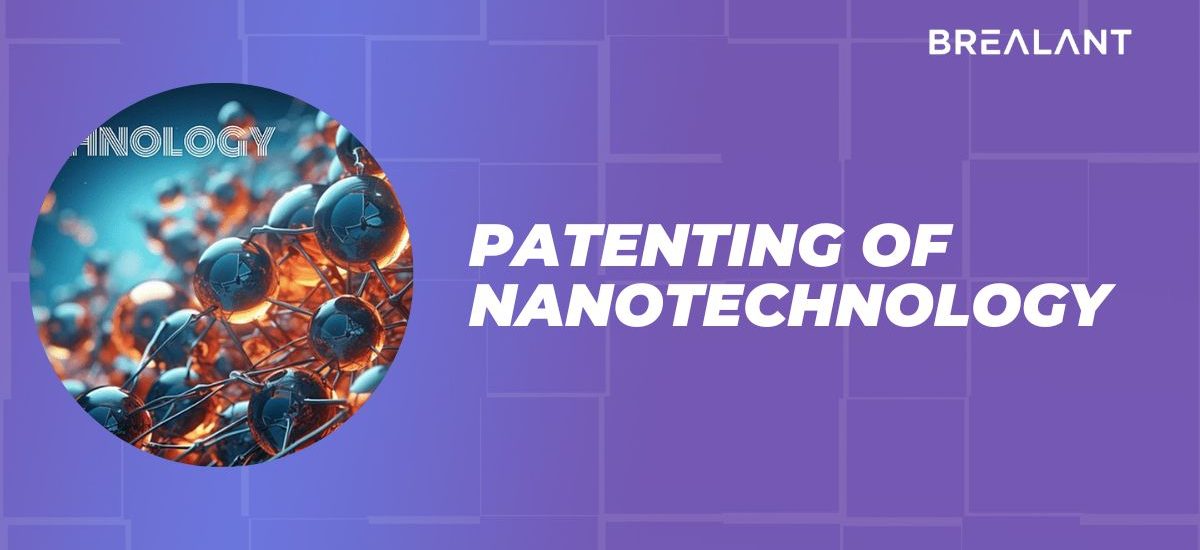Nanotechnology has been around for over 30 years, but it was in the late 1990s that it started to make waves in the scientific community. What was once dismissed as nothing more than a laboratory curiosity is now being investigated as a way to solve many of the world’s biggest problems.
Nanotechnology is the manipulation of matter at the atomic and molecular scale. This means that researchers can create configurations of molecules that have never been possible before. As nanotechnology evolves, so does our ability to solve complex issues with new and innovative approaches.
Although nanotechnology patents are becoming commonplace, some concerns remain about their use. This is especially true when it comes to patenting genomic information, which could hinder research and potential solutions to big global health issues. At the same time, inventions based on nanotechnology should not be quickly forgotten or dismissed outright because of patent filing concerns; they should be assessed critically and evaluated on their individual merits.
The race to patent technology is on. With so many new products and discoveries every day, companies must protect their intellectual property (IP). IP is any innovation the law can protect, such as inventions, designs, and trade secrets.
What are the issues related to filing a nanotechnology patent?
- The patent holder of the original idea may be entitled to royalties if nanotechnology is only used to make a product or process operate at the nanoscale.
- Simply replicating an existing product or method at the nanoscale will not make an invention “new,” As a result, it will not qualify for patent protection.
- Patents for general methods or goods would hinder progress in the developing field of nanotechnology. Since this technology is still in its infancy, the market may easily get overrun with patents covering similar broad concepts.
What are the criteria for patenting the Nanotechnology innovation?
The patent of nanotechnology is far different from the patent of other technologies. To understand this part, you need to understand the aspects mentioned below:
- An invention’s intended application might only sometimes be known at the time it is created, or there might be a danger that it would lose favor. To gain broad protection, patentees in startups that leverage developing technologies occasionally make outlandish claims about how their inventions are used. There is a chance that the patent will be rejected for lack of utility.
- The potential uses for each invention are essentially limitless because nanotechnology is rapidly developing and encompasses an array of scientific disciplines. Nanotechnology inventions can be written for a wide range of purposes because of the field’s scope and multidisciplinary nature. Finding the pertinent prior art in an evolving technology is a highly challenging undertaking. There is also a rumored potential for patent duplication in this situation.
- The transdisciplinary nature of nanotechnology technologies makes it very challenging to determine the uniqueness of a given application. Here, the issue also emerges as to whether the atomic-scale replication of a pre-existing product or component would satisfy the criteria for originality or, more significantly, an innovative step.
How do you protect your IP?
In order to secure patents on your technology, you will need to file a patent application with the US Patent and Trademark Office (USPTO). This will likely require consultation with an attorney. After filing the application, you will need to provide significant documentation to support your claims. Finally, you will need to continuously monitor the status of your patent and take steps to keep it safe.
Nanotechnology is a growing field, and millions of dollars are at stake for companies that secure patents on their inventions. Just like any other form of IP protection, securing a nanotechnology patent requires dedication and hard work.
Nanotechnologies are, by definition, universal technologies that serve as a platform for producing goods across various fields and sectors. Although its cross-industry nature has generated great excitement about its potential, this particular characteristic poses substantial difficulties for anyone looking to develop and market products in this area.
Conclusion
Nanotech patent holders must take into account the complexity of the global patent system when drafting their patent claims. How various legal countries interpret key concepts in patent law may affect the ability to patent innovation.
The security of your brainchild or innovation is a high matter of concern for you. Patenting your invention will safeguard it from duplication and alleviate its identity on the world market. Ensure the safety of your invention with Brealant, a well-recognized IP service provider firm that caters to its millions of clients with the patent and trademark registration process. Do not let the query bug you; ask the experts for professional help. Visit our official website and learn more about the IP proceedings.

